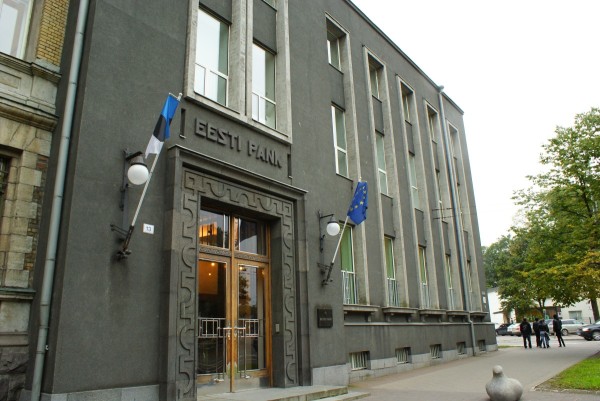ERR News
An OECD report released [May 28] points out the significant gap between the rich and poor in Estonia, with the top 20 percent of the population earning five times as much as the bottom 20 percent.
Estonia has made progress over the last decade in terms of improving the quality of life of its citizens. Until the financial crisis of 2008, the economy had seen record-breaking growth. Notwithstanding, Estonia still ranks low in a number of areas relative to most other countries in the Better Life Index, according to the report.
In terms of employment, around 65 percent of people aged 15 to 64 in Estonia have a paying job, close to the OECD employment average of 66 percent. Some 68 percent of men are working, compared with 63 percent of women, suggesting that women are able to successfully balance their family and career.
According to the report, Estonians work hard - 1,924 hours a year, more than the OECD average of 1,776 hours.
Around 4 percent of employees work very long hours, much lower than the OECD average of 9 percent.
Money, while it is said cannot buy happiness, is an important indicator of higher living standards. In Estonia, the average household's net disposable income is 12,800 US dollars a year, less than the OECD average of 23,047 US dollars a year.
In general, Estonians are less satisfied with their lives (feelings of success, enjoyment, worry, sadness, boredom, etc) than the OECD average, with 69 percent of people saying they have more positive experiences in an average day than negative ones. The satisfaction level is one of the lowest figures in the OECD, compared with the average 80 percent.
OECD Report Addresses Income Gap, Relatively Low Satisfaction With Life
Eestlased Eestis | 30 May 2013 | EWR
Eestlased Eestis
TRENDING
























